After Winnipeg, but overnight, the train crossed some of Canada’s most fertile land. The flatness was broken only by farms and grain elevators. These are used to store grain, in particular, before loading onto freight trains. Most of them these days are built of steel and concrete but a few of the original timber ones are still in use.

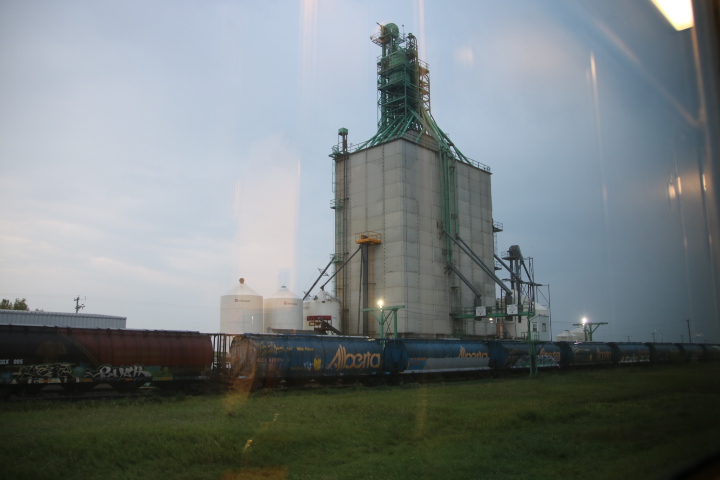
Manitoba was originally part of Rupert’s Land, owned by the Hudson’s Bay Company who used the intricate system of lakes and rivers for their fur trading activities northwards to Hudson and James Bay. Tonight, we crossed into Saskatchewan and encountered many freight trains, so we were seriously delayed. We awoke at Melville, a community established by the railway and named after its President, Charles Melville Hays, who died in the sinking of the Titanic.

Today the region is important for grain and potash with petroleum in the far west. Settlement by the Europeans in the 1870s has taken over much of what was the homeland of the Plains Indians.
Watrous developed on the banks of Little Manitou Lake and visitors came by rail to bathe in the mineral rich waters. The buoyancy of the waters is thought to be greater than the Dead Sea.
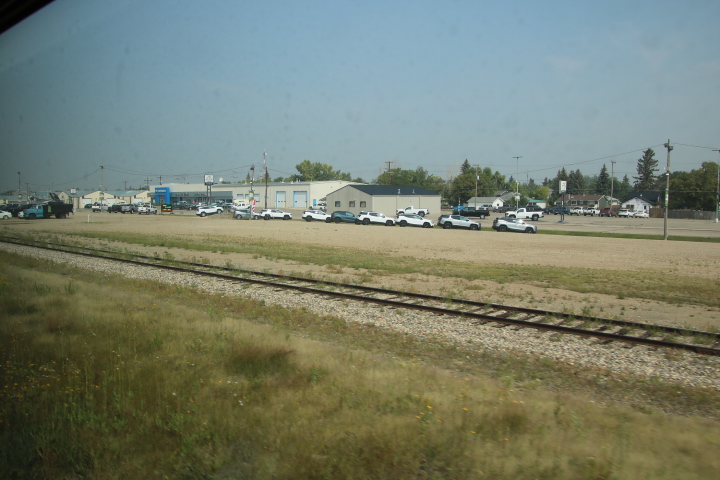

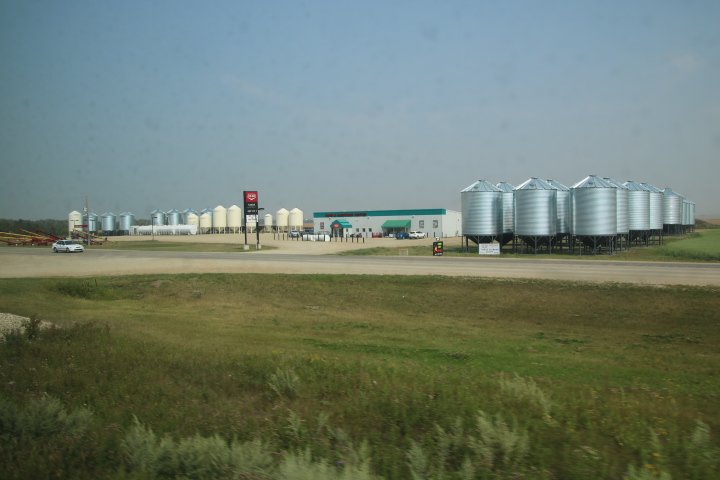

We arrived on the outskirts, at 14:00, of Saskatoon for refuelling. This is the provinces second city and was an important Temperance Colony in 1822. The movement aimed to curb or eliminate the consumption of alcohol.
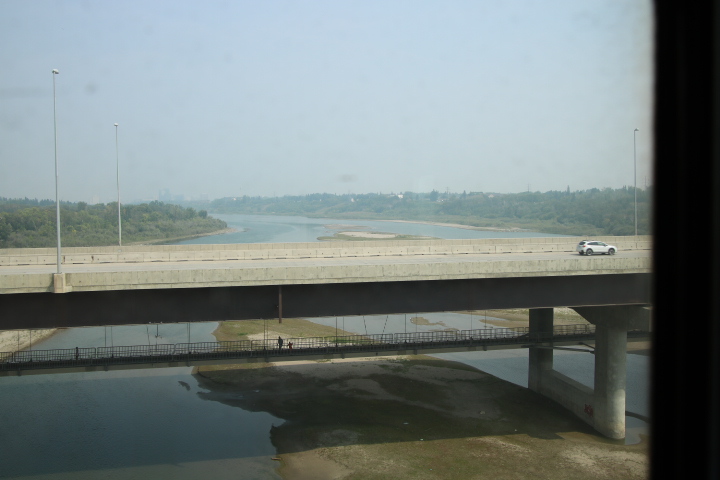
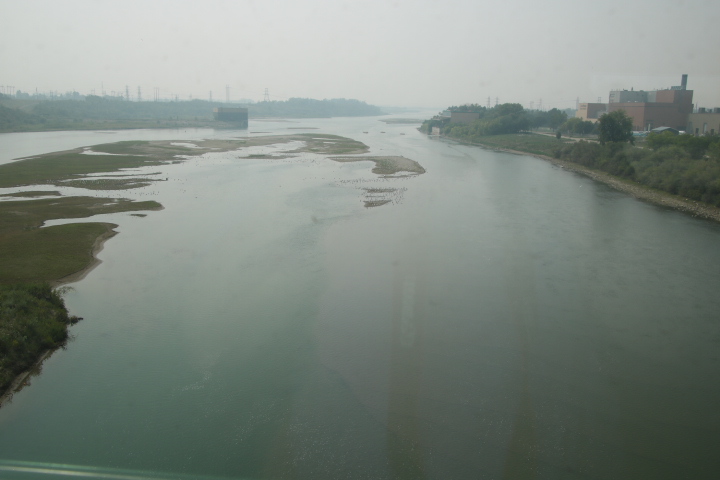

West of Saskatoon we passed through a small grain and tractor manufacturing centre of Biggar. This is renowned for its amusing repartee. A sign (we saw it from the back) declares “New York is Big but this is Biggar” to welcome visitors.
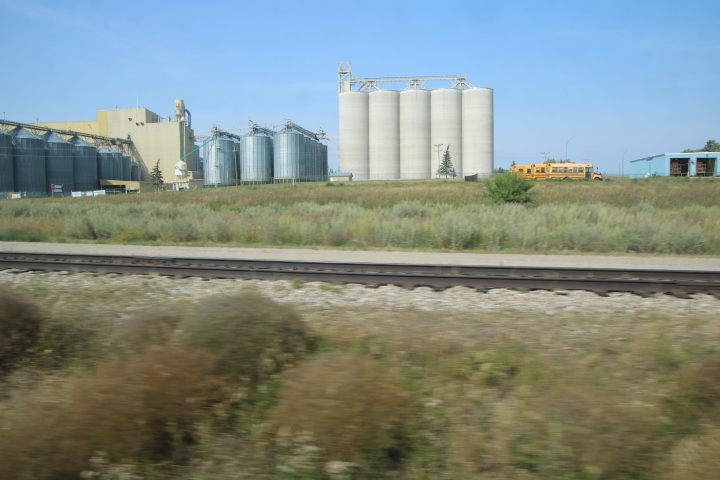

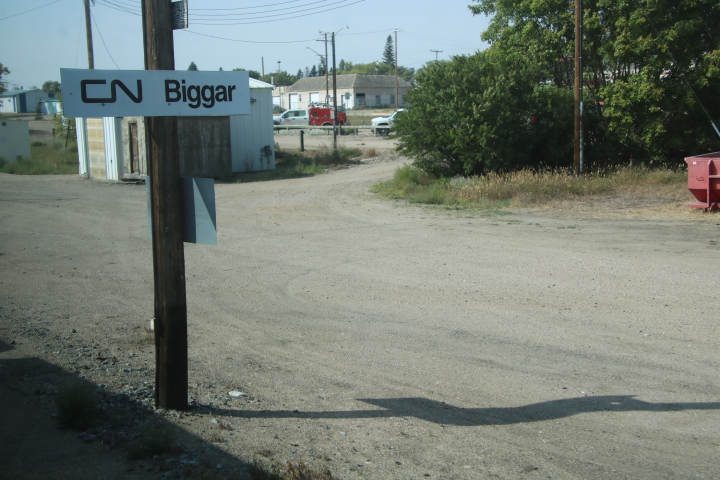
Unity is home to major salt mining operations at depths of 1127m. Here was Canada’s first attempt at potash mining but it was not a commercial success.

After Unity we entered Alberta, also -7 GMT. We stopped at Edmonton for replenishing fuel and provisions. The approach to the city is heralded by oil refineries that has brought it great wealth. Around 2250 wells pump oil amounting to 10% of the country’s production.
